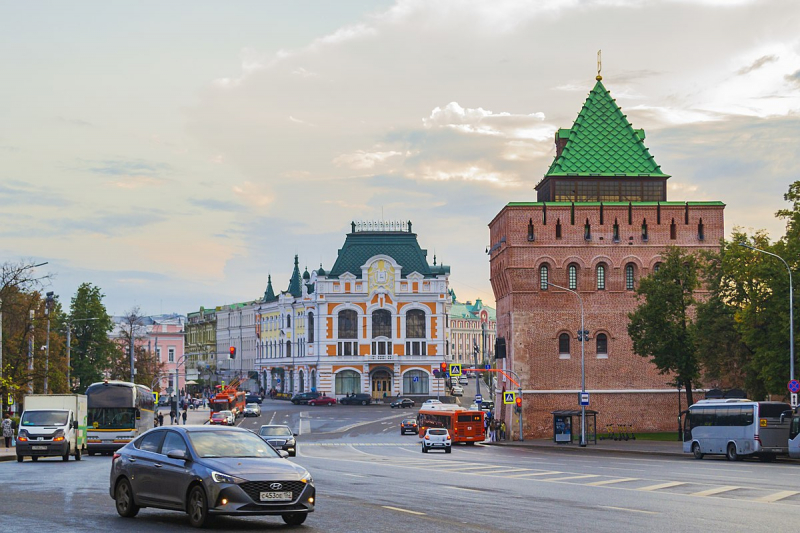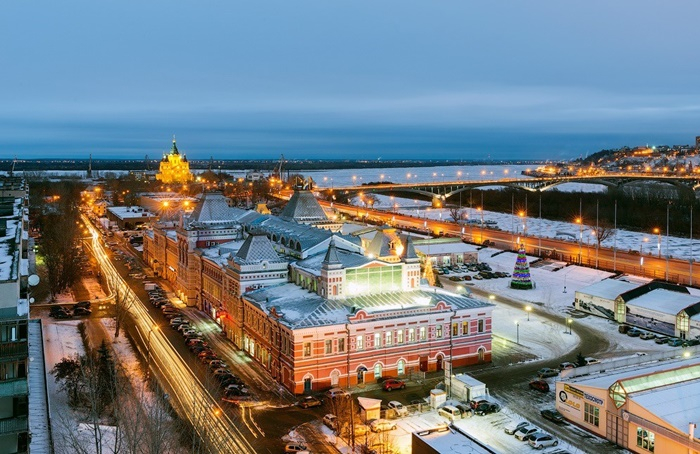Nizhny Novgorod
The administrative hub of Nizhny Novgorod Oblast and the Volga Federal District is Nizhny Novgorod, also known as Nizhny, and was formerly known as Gorky (оpки) (1932–1990). It was known as Novgorod of the Lower Land from the 13th to the 17th century. The city has a population of approximately 1.2 million people, with the urban agglomeration housing up to over 1.7 million people in Central Russia, where it is situated at the meeting point of the Oka and Volga rivers. The Volga Federal District and the second-most populated city on the Volga are both located in Nizhny Novgorod, the sixth-largest city in Russia. It serves as the principal hub for river tourism in Russia and is a significant economic, transportation, scientific, educational, and cultural hub for the enormous Volga-Vyatka economic region. There are numerous universities, theaters, museums, and cathedrals in the city's historic district.
Prince Yuri II of Vladimir built the city on February 4, 1221. Kuzma Minin and Prince Dmitry Pozharsky assembled an army in 1612 to free Moscow and the rest of Russia from Lithuanian and Polish rule. Nizhny Novgorod rose to prominence as a major Russian Empire trading hub in 1817. An All-Russia Exhibition was planned for a fair in 1896. The city developed into an important industrial hub during the Soviet era. During this time, the Gorky Automobile Plant in particular, was built. Then, the name "Russian Detroit" was given to the city. The city was renamed Nizhny Novgorod once more just before the Soviet Union disintegrated. The Nizhny Novgorod Metro was inaugurated in 1985. The Almaz-Antey Air and Space Defence Corporation's new 70th Anniversary of Victory Plant was inaugurated by Vladimir Putin in 2016.
Population - 2021: 1,244,254

















